Share
Photo Festivals Make Trade Shows Feel Dated
There was a time when going to a photo trade show seems like the coolest thing going on in the industry. Thousands of photographers would flock to ...
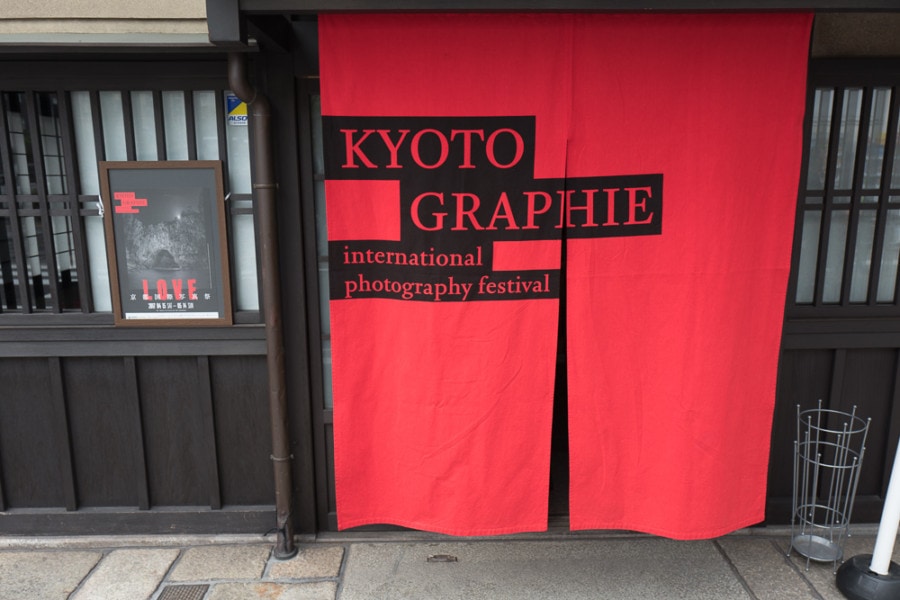
There was a time when going to a photo trade show seems like the coolest thing going on in the industry. Thousands of photographers would flock to a city like New York, Cologne or Yokohama to see manufacturers parade their latest and greatest gear and attend exclusive parties that made us feel like we were clutching an Oscar. The shows gave us an opportunity to place our grubby hands on cameras that we might never buy, and shoot photos that we couldn’t keep of models designed to entice the male psyche.
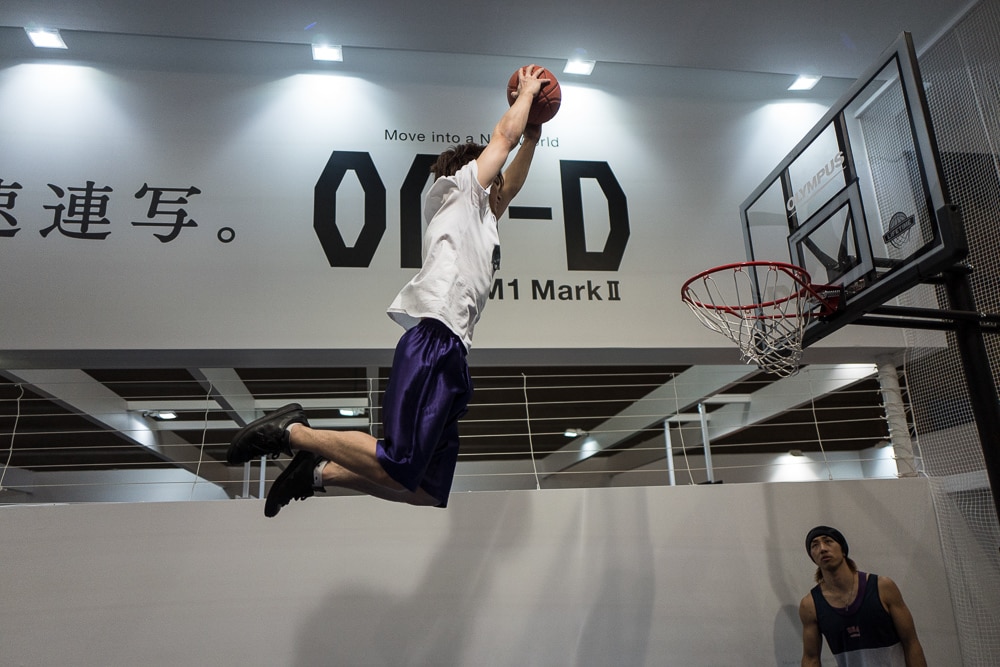
The Olympus booth at CP+ featured acrobatic dunkers. Photo by Allen Murabayashi
Although the number of shows has diminished over the years, the trade show still exists, generally diminished in size from the glory years, in part because information about gear is so readily available on the internet. You might not be able to hold a camera (yet) in your hands while viewing a website, but many of the questions you might have about a piece of gear can be found in a multitude of product reviews, videos and forums.
Beyond the trade show floor, educational seminars often feel like an after thoughts, stuck in the basement of dimly lit convention centers. They probably generate decent ancillary revenue, but there rarely seems to be any excitement or buzz.
By contrast, I’ve had the opportunity to attend a number of photo festivals in the past few years like Photoville (NY), Look3 (VA), and most recently Kyotographie – successful events that appeal not only to photographers but to the community in which they are hosted – promoting photography to a wider audience and thus attracting marquee talent and sponsors that might avoid trade shows.
In Kyoto, Kyotographie is a month long event in the Spring, an incredibly popular tourist destination at the tail end of the cherry blossom season. Typical venues like museums and galleries are contracted, but other venues like a private home and empty buildings have also been commandeered for this year’s edition.
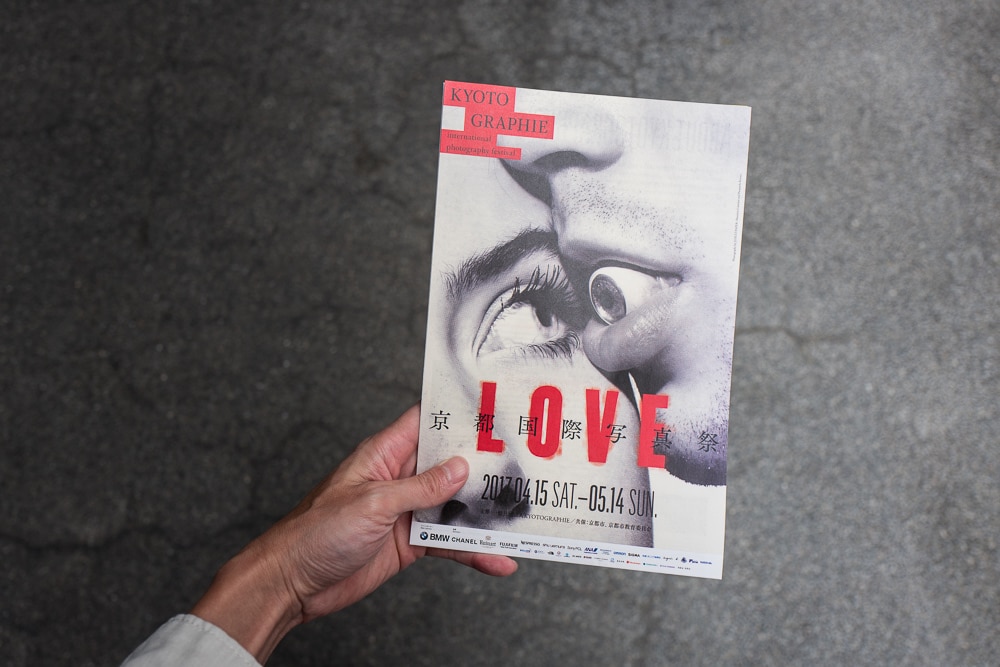
Photo by Allen Murabayashi
The bulk of the venues fall within walking distance of one another, and on a recent day, I was able to hit up a dozen exhibitions by foot within a few hours.
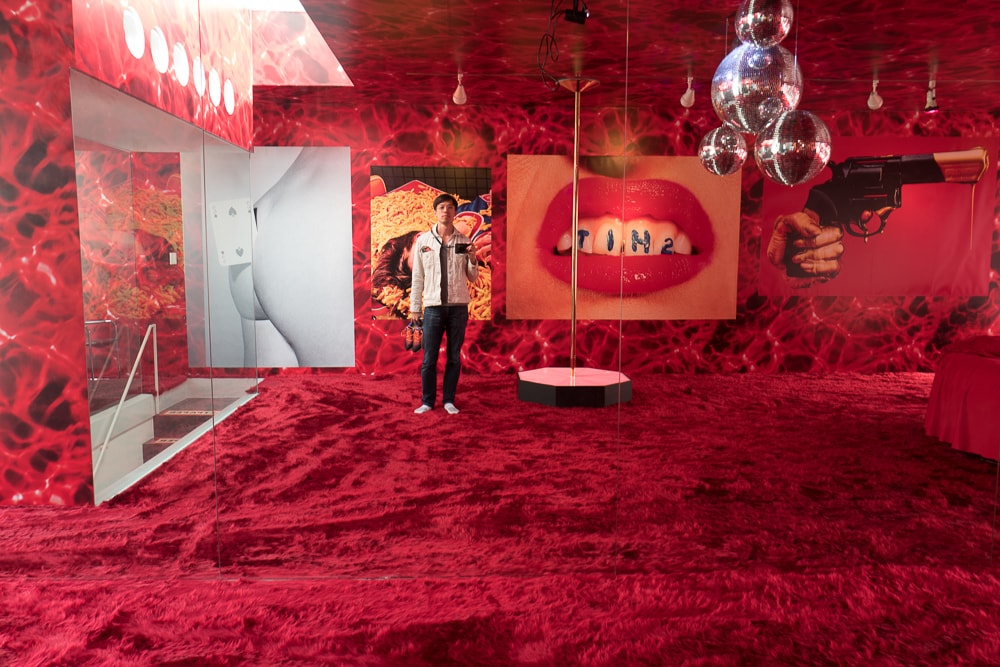
A selfie in the TOILETPAPER exhibit. Photo by Allen Murabayashi
Seeing art in person, of course, has a stimulative effect that you can’t get by viewing the same image on a screen. There is nothing like a gigantic print that is shown in an installation space.
Hanne van der Woude‘s “Emmy’s World” had one room that was covered in dead leaves. The scent and the texture beneath your feet engaged your senses beyond just sight.
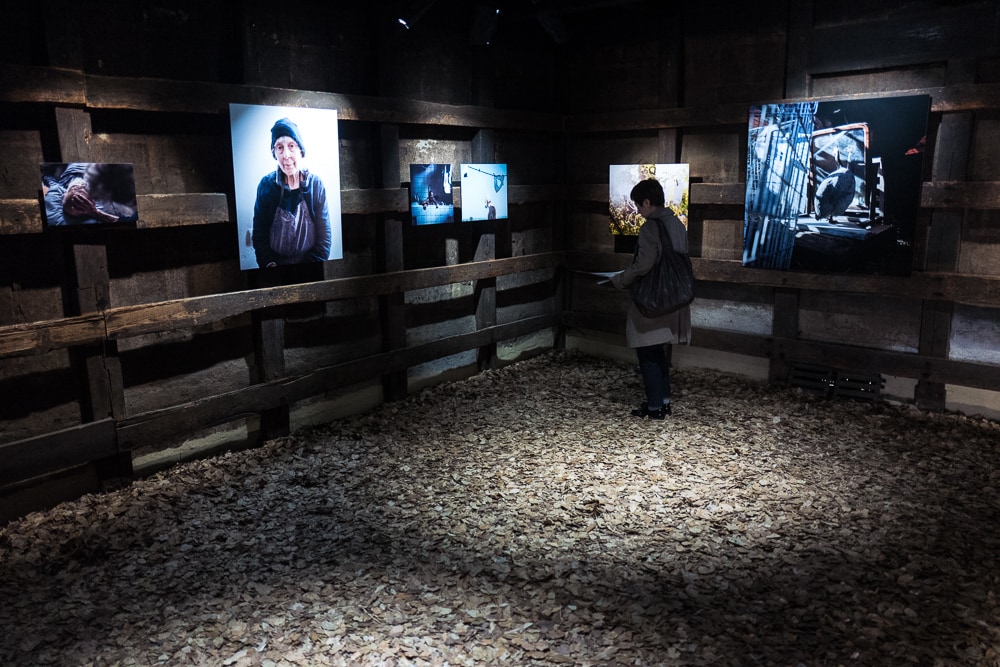
Photo by Allen Murabayashi
Raphaël Dallaporta‘s multimedia, multi-screen “The elusive Chauvet – Pont-d’Arc Cave” captivated views seated on beanbags with the immersive images of cave paintings in France.
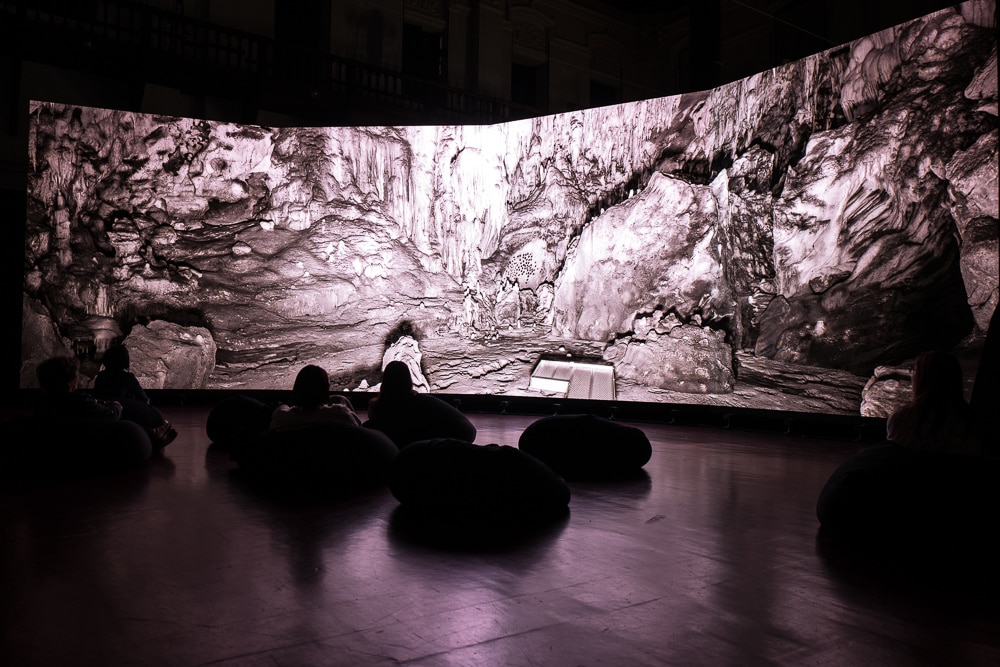
Photo by Allen Murabayashi
Yan Kallen, last year’s Grand Prix winner, explored the contents of a 120-year old home, which became the basis for and the location of his exhibit. Here, expert craftsmen including tea kettle makers, woodworkers and tatami mat makers combined their skills to build a camera obscura that was featured alongside the photos and mementos.
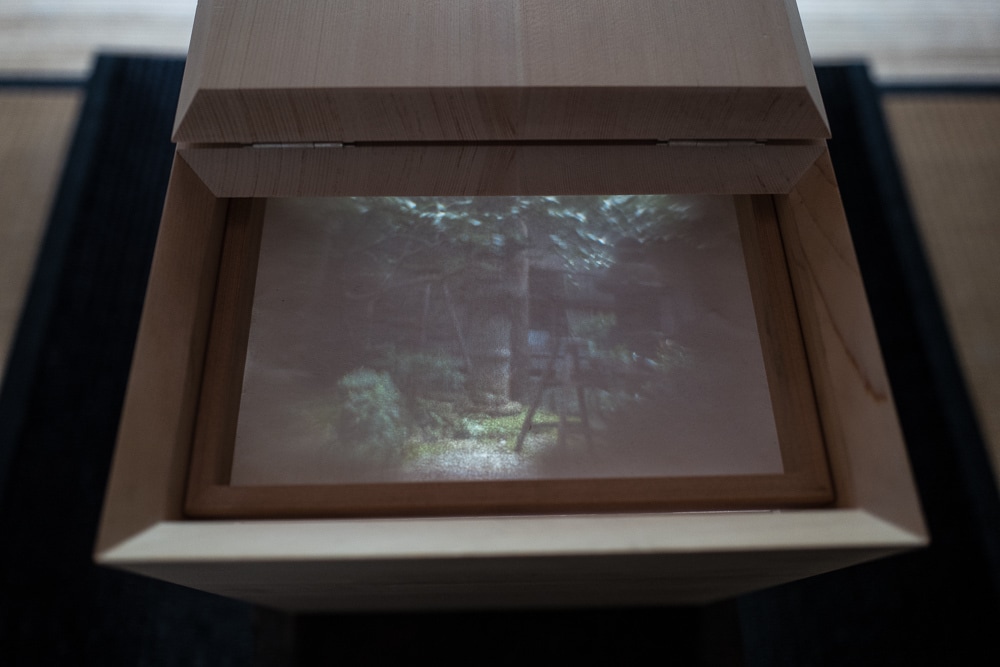
Photo by Allen Murabayashi
In Charlottesville, the Look3 festival has daily slide show presentations starting at dusk with an open invitation to the community.
In addition to an exhibition space composed of shipping containers, Photoville has “The Fence,” a winding tableau of photography anchored to a chain link fence in Brooklyn Bridge Park, and six other cities.
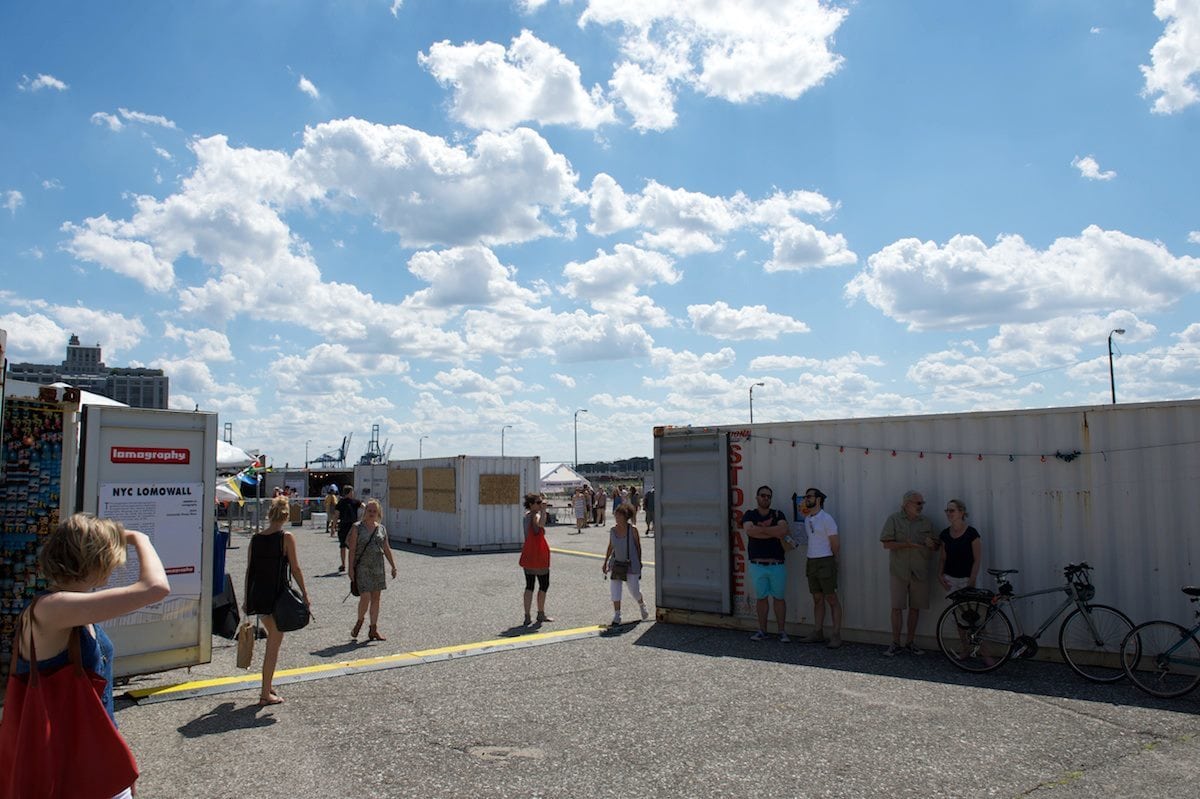
Photoville. Photo by Allen Murabayashi
Educational series, walking photo tours, lectures and panel discussions seem to be a part of the modern formula for a successful photo festival as well.
Some professional photographers have told me that they attend trade shows to catch up with friends and network – disinterested, for the most part, in walking the aisles to peruse the gear. That seems about right.
And without a central gathering place or event, festivals can feel a bit diffuse. But festivals seem to have an energy that is lacking from the trade shows. And more importantly, the discussion around photography is how it makes us feel rather than how a photo was taken and what gear was used.
Kyotographie 2017 runs through Sunday, May 14 in Kyoto, Japan.


